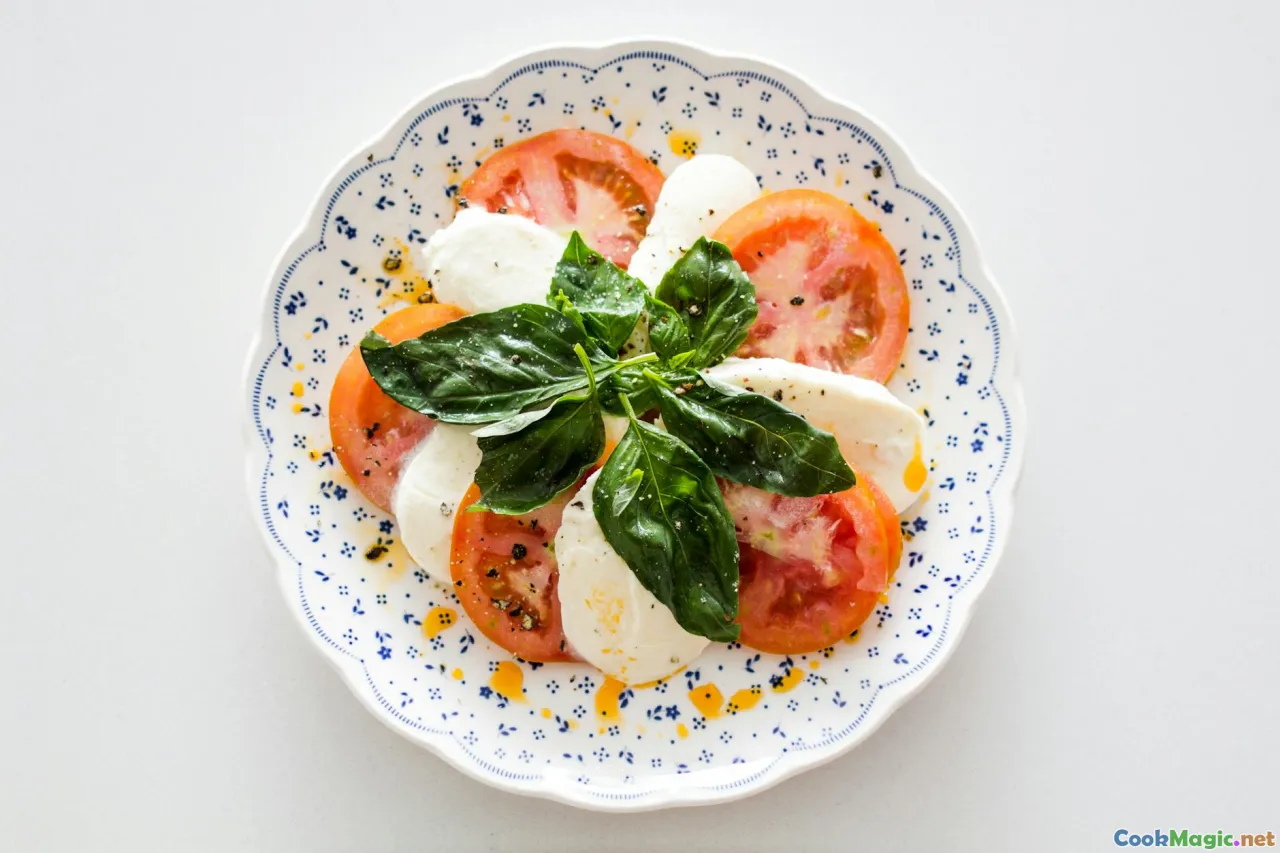Understanding the Importance of Yak Cheese in Nepal
7 min read Discover the cultural significance, rich flavors, and traditional craftsmanship behind yak cheese in Nepal’s Himalayan culinary heritage. May 16, 2025 12:01
Understanding the Importance of Yak Cheese in Nepal
Imagine standing amidst the towering peaks of the Himalayas, where the air is crisp and the landscape is a breathtaking tapestry of snow-capped mountains, lush valleys, and ancient traditions. In this majestic setting, a humble yet extraordinary dairy product has woven itself into the very fabric of Nepalese life—yak cheese. Far beyond a simple ingredient, yak cheese embodies centuries of cultural resilience, environmental adaptation, and culinary artistry.
The Heart of Himalayan Pastoral Life
Nepal’s rugged terrain and extreme altitudes have historically posed significant challenges for agriculture and food production. Traditional crops struggle to thrive, and the growing season is short. Yet, in these harsh conditions, the yak—a sturdy, resilient beast—has become a symbol of survival and sustenance.
Yaks are not just beasts of burden; they are also vital dairy producers. Their milk is rich, creamy, and uniquely suited to the cold, high-altitude environment. Among the myriad dairy products derived from yak milk, yak cheese stands out as a treasured delicacy, woven into daily life, festivals, and spiritual rituals.
The Cultural Significance of Yak Cheese
A Symbol of Identity and Tradition
In Nepalese Himalayan communities—particularly in regions like Mustang, Dolpo, and the Khumbu—the making and sharing of yak cheese is a tradition passed down through generations. It is more than food; it is a cultural emblem.
Local elders often recount stories of how yak cheese once served as a form of currency, a symbol of wealth, and an essential part of hospitality. Offering a slice of yak cheese to a guest signifies respect and friendship, reinforcing social bonds in these tight-knit communities.
Spiritual and Ritualistic Role
Yak cheese also holds spiritual significance. During festivals like Lhosar and other Himalayan celebrations, yak cheese is used in offerings and communal feasts. Its preservation and consumption are seen as blessings, believed to bring good fortune and health.
The Process of Making Yak Cheese
From Milk to Masterpiece
The journey of yak cheese begins with milking yaks, which are typically milked twice daily. The milk is then carefully collected—often in traditional clay or wooden vessels—before undergoing fermentation.
The process involves curdling the milk with natural enzymes, sometimes using wild herbs or traditional starters. The curds are then pressed and dried in the mountain air, often on stone slabs or hanging ropes.
Variations and Flavors
Nepalese yak cheese varies across regions, with some varieties soft and spreadable, others hard and crumbly. The flavor profile is rich, slightly tangy, with nutty undertones, and a distinct aroma that reflects the high-altitude grasses and herbs yaks consume.
In Dolpo, for instance, Chhurpi—a hard, chewy cheese—is highly prized, while in the Everest region, softer, more melt-in-the-mouth varieties are common.
Culinary Uses and Personal Experiences
Traditional Dishes
Yak cheese is a versatile ingredient. It is grated over hot rice or tsampa (roasted barley flour), melted into hearty soups, or enjoyed as simple, fresh slices. One of the most beloved dishes is Yak Cheese Momos, where the cheese is used as a filling, adding a savory, creamy depth.
A Taste of the Himalayas
In my own travels through Nepal, I have had the privilege of tasting freshly made yak cheese in remote villages, where it is often accompanied by local honey and herbal teas. The experience is sensory—chewy textures, complex flavors, and a faint aroma of mountain herbs evoke the wilderness and resilience of Himalayan life.
Personal Reflections
There is something profoundly humbling about consuming yak cheese—knowing it’s a product of generations of pastoral devotion, environmental adaptation, and cultural perseverance. It’s a taste that connects you to the land, the people, and their stories.
Challenges and Modern Developments
Preservation and Commercialization
While traditional methods remain cherished, modernization offers both challenges and opportunities. Commercialization has led to the mass production of yak cheese, making it accessible beyond high-altitude communities. However, this sometimes risks diluting the traditional craftsmanship.
Sustainable Practices
Efforts are underway to promote sustainable yak herding and cheese-making practices, ensuring environmental balance and cultural integrity. Local cooperatives and cooperatives play a crucial role in preserving the authenticity of yak cheese.
The Future of Yak Cheese in Nepal
As Nepal continues to develop its tourism and export sectors, yak cheese stands at the intersection of tradition and innovation. It serves as a culinary ambassador, sharing the Himalayan spirit with the world.
Encouraging local artisans, supporting sustainable herding, and promoting authentic recipes are vital steps to keep this ancient delicacy alive.
Conclusion
Yak cheese is much more than a nutritious dairy product; it is a symbol of Himalayan resilience, cultural identity, and culinary ingenuity. Its journey from the high mountain pastures to the tables of global food enthusiasts reflects a story of adaptation, tradition, and artistry.
Next time you savor a piece of yak cheese—whether in Nepal or beyond—remember the centuries of history, the rugged landscapes that shaped it, and the stories of the people whose lives revolve around these resilient, noble animals. It’s a taste of the Himalayas, in every bite.









